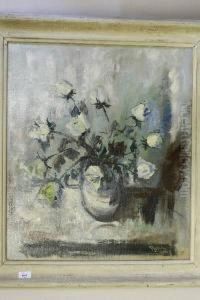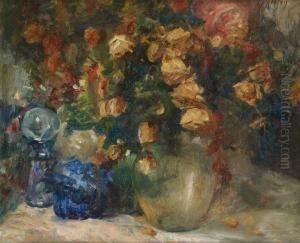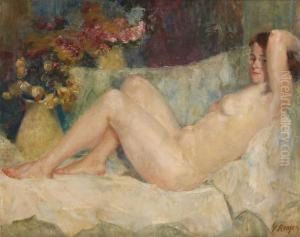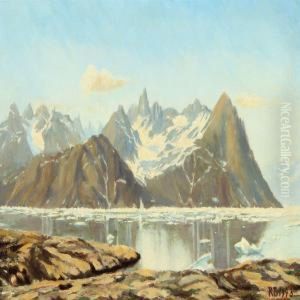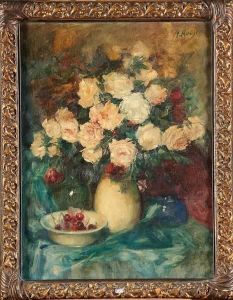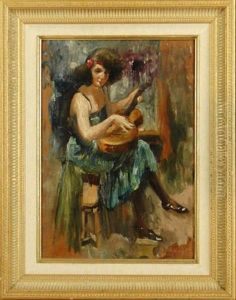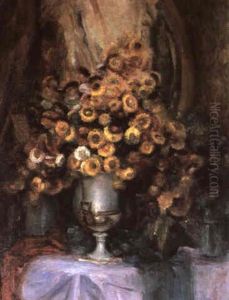Gerard Roosen Paintings
Gerard Roosen was a Dutch Golden Age painter, born in 1630 in the Netherlands. His work falls within the period of Dutch art history known as the Dutch Golden Age, a time when Dutch trade, science, military, and art were among the most acclaimed in the world. Roosen specialized in still life paintings, a genre that was incredibly popular during this era, reflecting the wealth and cultural interests of the Dutch mercantile class. Still lifes from this period often included detailed depictions of flowers, food, and everyday objects, showcasing the artists' skill in rendering textures and surfaces with realistic precision. Roosen's contributions to this genre were marked by his meticulous attention to detail and his ability to imbue inanimate objects with a sense of vitality and presence.
Gerard Roosen's artistic career was largely based in his homeland, where he contributed to the local art scene by producing works that appealed to the tastes of the burgeoning middle class. These patrons sought art that reflected their own economic success and cultural sophistication. Roosen's paintings, with their intricate compositions and vibrant colors, were well received for their technical skill and aesthetic appeal. Despite the popularity of his genre, specific details about Roosen's life and career remain relatively scarce, as is the case with many artists of the period. This lack of detailed personal history is partly due to the vast number of artists working at the time and the general historical focus on a few standout figures.
Roosen's death in 1681 marked the end of a career that, while perhaps not as widely recognized as some of his contemporaries, contributed to the rich tapestry of Dutch Golden Age painting. His works, like those of many still life painters of the era, continued to influence artists in the Netherlands and beyond, serving as a testament to the enduring appeal of the genre. The legacy of Gerard Roosen and his contemporaries can be seen in the continued popularity of still life painting and the ongoing appreciation for Dutch Golden Age art. His paintings, preserved in museums and private collections, continue to be studied and admired for their beauty and historical significance.
